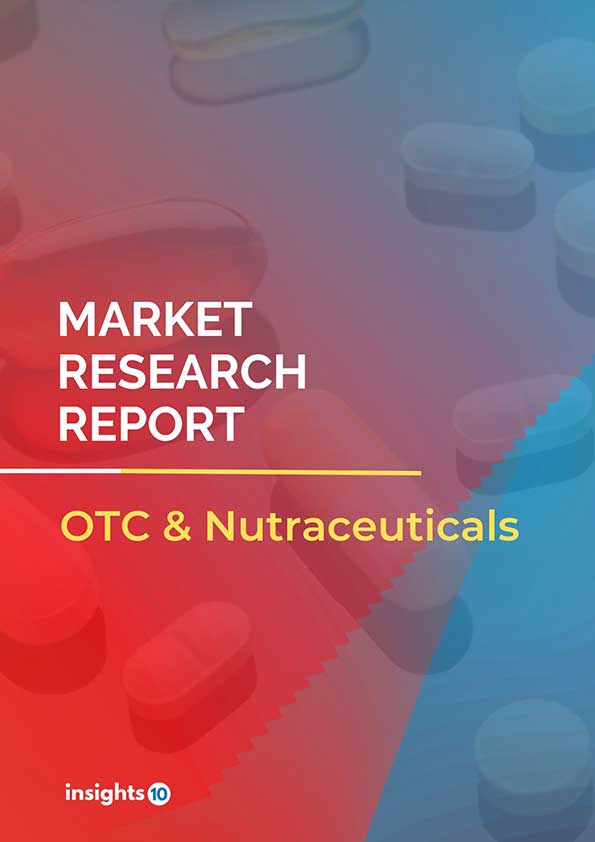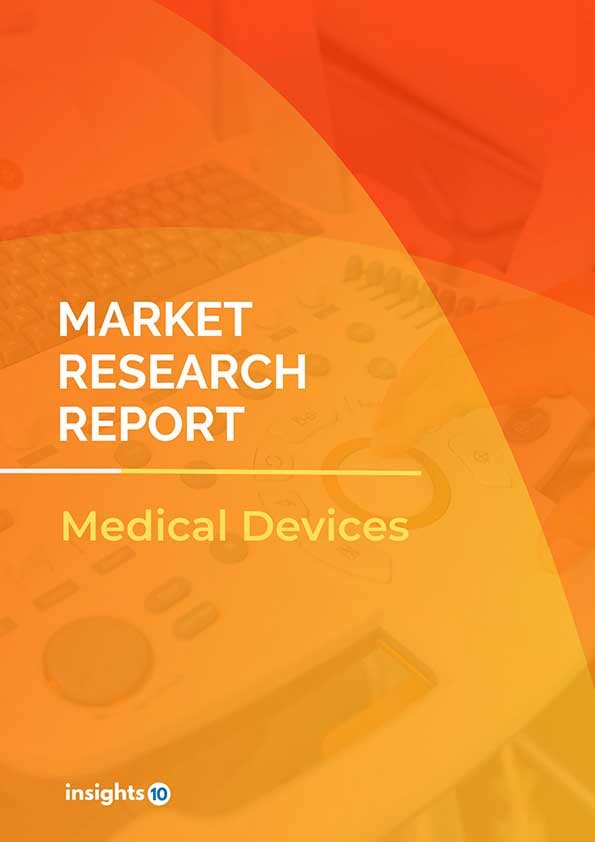Netherlands HIV Therapeutics Market Analysis
By 2030, it is anticipated that the Netherlands HIV therapeutics market will reach a value of $xx Mn from $35.78 Mn in 2022, growing at a CAGR of xx% during 2022-2030. The market is primarily dominated by local players such as Gilead Sciences, Merck, and Janssen Pharmaceutica. The market is driven by government policies and organizations’ initiatives and management of HIV infections in the country. The HIV therapeutics market in the Netherlands is segmented by type, product, geography, end user, and distribution channel.
Buy Now

Netherlands HIV Therapeutics Market Analysis Summary
By 2030, it is anticipated that the Netherlands HIV therapeutics market will reach a value of $xx Mn from $35.78 Mn in 2022, growing at a CAGR of xx% during 2022-2030.
The Netherlands is a member state with territories in the Caribbean and is situated in Western Europe. According to the most recent WHO data, HIV/AIDS-related deaths in the Netherlands reached 100 in 2020. With a death rate of 0.14 per 100,000 people when adjusted for age, the Netherlands is ranked 153rd in the world. There are several classes of HIV drugs, including nucleoside reverse transcriptase inhibitors (NRTIs), non-nucleoside reverse transcriptase inhibitors (NNRTIs), protease inhibitors (PIs), integrase inhibitors, and entry inhibitors.
With 24000 HIV cases in 2020, the adult HIV/AIDS prevalence in the Netherlands was 0.1% in 2021, ranking 116th globally. The Netherlands is the 17th largest economy in the world and the fifth largest in the European Monetary Union (the Eurozone), with a gross domestic product (GDP) of $1 Tn in 2021. Healthcare cost the Netherlands 11.1% of its GDP in 2019.
Market Dynamics
Market Growth Drivers
One of the top research institutions, The Netherlands Organization for Applied Scientific Research (TNO), carries out studies on a number of topics, including the creation of novel HIV treatments. Organizations like Soa Aids Nederland assist professionals and the general public in the prevention, detection, and treatment of HIV and other STIs. The Aidsfonds - Soa Aids Nederland foundation houses Soa Aids Nederland. This can drive the market for HIV therapeutics in the Netherlands.
Market Restraints
The Dutch company plans and the standard of insurance coverage are strictly regulated by the government. Everybody has the freedom to select the provider they desire, and insurance companies are obligated to offer universal coverage for a set cost. However, Dutch health insurance has a required deductible that is determined by the government. The patient's out-of-pocket costs may rise as a result.
Competitive Landscape
Key Players
- ViiV Healthcare (NLD)
- Gilead Sciences (NLD)
- Merck (NLD)
- Janssen Pharmaceutica (NLD)
- Pfizer
- AstraZeneca
- Novartis
- GlaxoSmithKline
Healthcare Regulations and Reimbursement Policies
The Medicines Evaluation Board (MEB), the national regulatory body in charge of assessing the efficacy, safety, and quality of medicines in the Netherlands, is in charge of regulating HIV therapeutics in that country. Before new medications are approved for sale and use in the nation, the MEB evaluates them and makes sure they adhere to the necessary standards. The MEB also keeps an eye on the security of medications after they are put on the market and informs patients and medical professionals about how to use them safely and effectively.
The Zorgverzekeringswet (ZVW), the country's national healthcare insurance program, pays for HIV therapeutics in the Netherlands. All Dutch citizens are covered by the ZVW for a wide range of medical procedures and services, including HIV therapeutics. A procedure or medication must be regarded as medically necessary and meet certain requirements established by the country's healthcare insurance system in order to be eligible for reimbursement.
1. Executive Summary
1.1 Disease Overview
1.2 Global Scenario
1.3 Country Overview
1.4 Healthcare Scenario in Country
1.5 Patient Journey
1.6 Health Insurance Coverage in Country
1.7 Active Pharmaceutical Ingredient (API)
1.8 Recent Developments in the Country
2. Market Size and Forecasting
2.1 Epidemiology of Disease
2.2 Market Size (With Excel & Methodology)
2.3 Market Segmentation (Check all Segments in Segmentation Section)
3. Market Dynamics
3.1 Market Drivers
3.2 Market Restraints
4. Competitive Landscape
4.1 Major Market Share
4.2 Key Company Profile (Check all Companies in the Summary Section)
4.2.1 Company
4.2.1.1 Overview
4.2.1.2 Product Applications and Services
4.2.1.3 Recent Developments
4.2.1.4 Partnerships Ecosystem
4.2.1.5 Financials (Based on Availability)
5. Reimbursement Scenario
5.1 Reimbursement Regulation
5.2 Reimbursement Process for Diagnosis
5.3 Reimbursement Process for Treatment
6. Methodology and Scope
HIV Therapeutics Segmentation
By Types (Revenue, USD Billion):
- Nucleoside-Analog Reverse Transcriptase Inhibitors (NRTIs)
- Coreceptor Antagonists
- Entry and Fusion Inhibitors
- Integrase Inhibitors
- Protease Inhibitors (PIs)
- Non-Nucleoside Reverse Transcriptase Inhibitors (NNRTIs)
By Distribution Channel (Revenue, USD Billion):
- Hospital Pharmacies
- Retail Pharmacies
- Online Pharmacies
- Others
Methodology for Database Creation
Our database offers a comprehensive list of healthcare centers, meticulously curated to provide detailed information on a wide range of specialties and services. It includes top-tier hospitals, clinics, and diagnostic facilities across 30 countries and 24 specialties, ensuring users can find the healthcare services they need.
Additionally, we provide a comprehensive list of Key Opinion Leaders (KOLs) based on your requirements. Our curated list captures various crucial aspects of the KOLs, offering more than just general information. Whether you're looking to boost brand awareness, drive engagement, or launch a new product, our extensive list of KOLs ensures you have the right experts by your side. Covering 30 countries and 36 specialties, our database guarantees access to the best KOLs in the healthcare industry, supporting strategic decisions and enhancing your initiatives.
How Do We Get It?
Our database is created and maintained through a combination of secondary and primary research methodologies.
1. Secondary Research
With many years of experience in the healthcare field, we have our own rich proprietary data from various past projects. This historical data serves as the foundation for our database. Our continuous process of gathering data involves:
- Analyzing historical proprietary data collected from multiple projects.
- Regularly updating our existing data sets with new findings and trends.
- Ensuring data consistency and accuracy through rigorous validation processes.
With extensive experience in the field, we have developed a proprietary GenAI-based technology that is uniquely tailored to our organization. This advanced technology enables us to scan a wide array of relevant information sources across the internet. Our data-gathering process includes:
- Searching through academic conferences, published research, citations, and social media platforms
- Collecting and compiling diverse data to build a comprehensive and detailed database
- Continuously updating our database with new information to ensure its relevance and accuracy
2. Primary Research
To complement and validate our secondary data, we engage in primary research through local tie-ups and partnerships. This process involves:
- Collaborating with local healthcare providers, hospitals, and clinics to gather real-time data.
- Conducting surveys, interviews, and field studies to collect fresh data directly from the source.
- Continuously refreshing our database to ensure that the information remains current and reliable.
- Validating secondary data through cross-referencing with primary data to ensure accuracy and relevance.
Combining Secondary and Primary Research
By integrating both secondary and primary research methodologies, we ensure that our database is comprehensive, accurate, and up-to-date. The combined process involves:
- Merging historical data from secondary research with real-time data from primary research.
- Conducting thorough data validation and cleansing to remove inconsistencies and errors.
- Organizing data into a structured format that is easily accessible and usable for various applications.
- Continuously monitoring and updating the database to reflect the latest developments and trends in the healthcare field.
Through this meticulous process, we create a final database tailored to each region and domain within the healthcare industry. This approach ensures that our clients receive reliable and relevant data, empowering them to make informed decisions and drive innovation in their respective fields.
To request a free sample copy of this report, please complete the form below.
We value your inquiry and offer free customization with every report to fulfil your exact research needs.









































